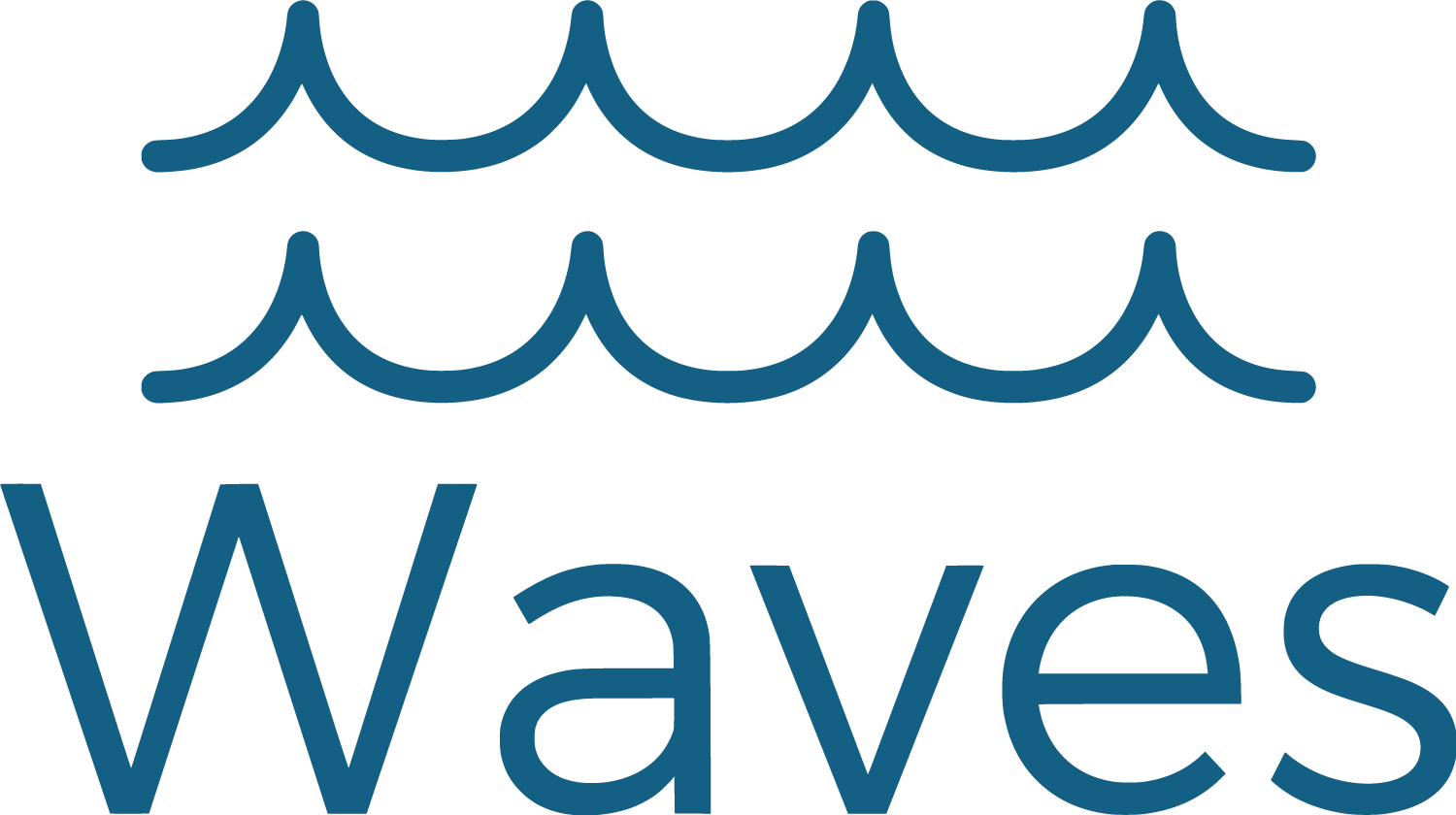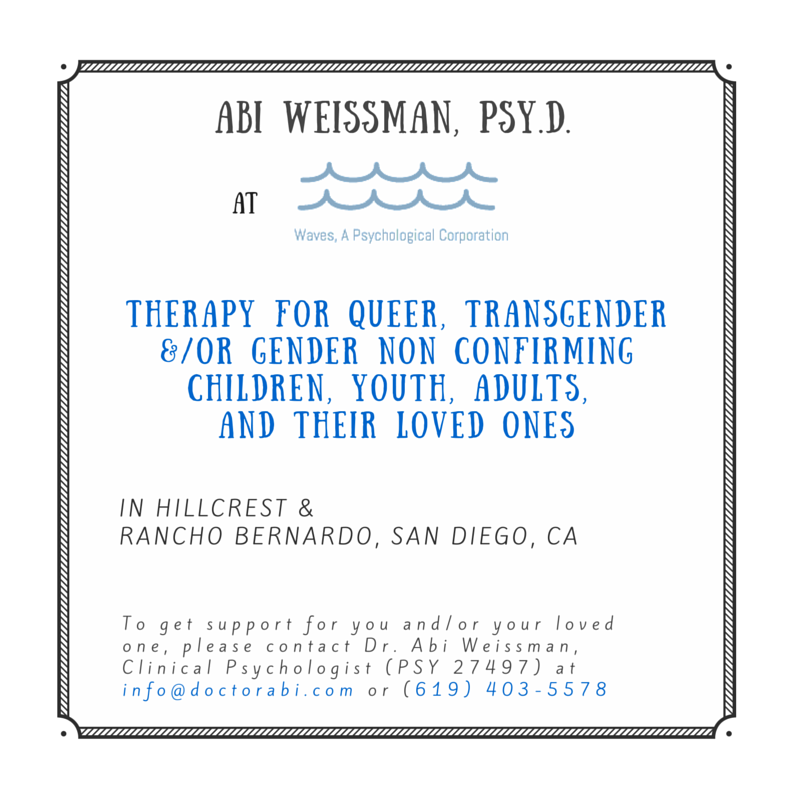Gender Spectrum - lessons learned
/Gender Spectrum is a conference that I have been waiting years to get to. It is known by transgender and other gender-expansive youth, their families, and their providers, and their providers, as one of those "go to" conferences to learn about everything transgender youth.
When I lived in the Bay Area, I was still in school and couldn't figure out how to take off the time to get there to experience all that learning about transgender identities in one fabulous weekend without sacrificing my schoolwork. Now, that I make home in San Diego, I thought it was time to return to my adult home of the Bay Area and absorb as much learning as I could.
I thought I would use this blog to describe a bit of what I learned from my experience. I attended the professional day and took courses offered in the expert track and when those weren't available, in the applied track.
This post will feature information about autism and the transgender population.
Don't assume that your friends, your family members, or you, yourself are neurotypical.
This was a biggie for me.
Thanks to Finn Vivian Gratton, LMFT, LPCC, I learned that recent studies have shown that there is a lot of overlap between the transgender and autistic populations. Now, the studies have super duper small samples but are still worthy of recognition that there is an overlap.
Finn shared how to make offices more comfortable for the neurodiversity of clients and their loved ones. I learned to continue to ask my clients about the office lights and to expand my questions to include asking about eye contact and space between where we sit.
And potential clients and those who love them, I encourage you to ask for what you need. If this means that the lights are too bright, please ask your therapist to turn them off. Or, if you need more space between you and the therapist, feel free to move your chair or ask for the provider to move theirs. A therapist who is good for you will respond with sensitivity and flexibility.
You are worthy of getting your needs met.
Finn suggested many wonderful resources including a questionnaire and resulting information document that one can print out and bring to their medical providers or clinicians in explaining their needs for their provider. It's called the
AASPIRE tool kit
at http://autismandhealth.org .
Please check it out as it looks like a great way to explain in concrete, understandable terms to providers what your needs are.
Another resource I appreciated was the ASAN: Autistic Self-Advocacy Network found at http://autisticadvocacy.org . Hearing the voices of autistic people is vital in learning more about how to be helpful to them.
Language.
Finn suggested not using person first language; this was surprising to me. I always thought that person first language was the way to go. I'm learning that using "autistic person" is more respectful terminology. That said, Finn encourages
asking the person whether they prefer person first or last language.
At this conference, I learned that I have so much more to learn - Yay! - and I am grateful to be a part of this profession devoted to learning. I am so glad that I took the time to attend.
Warmly,
Dr. Abi Weissman
PSY 27497
This blog post does not represent a therapeutic relationship with Dr. Weissman nor does it give absolute advice. Please talk with a licensed provider in your area for professional advice based on your individual situation.




